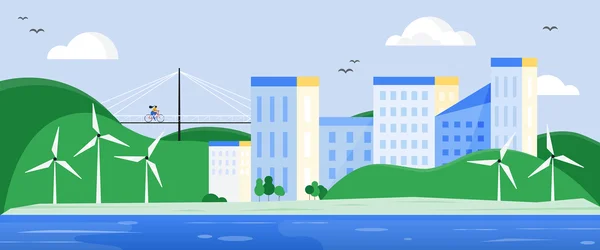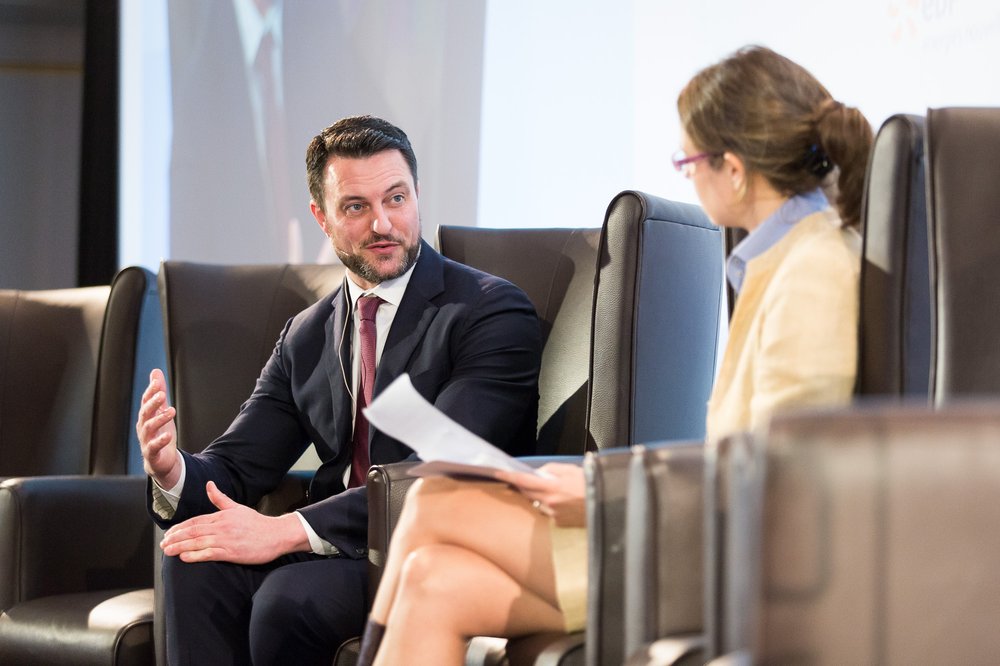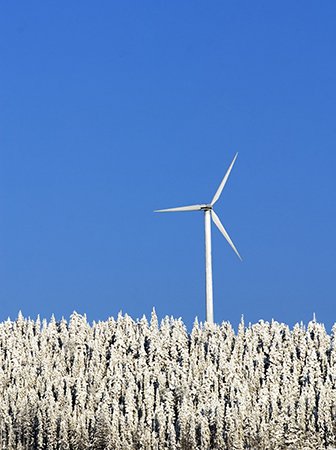Imagine a world where you could decarbonize your business just by asking your energy provider to do so. That’s exactly what we’re setting out to do at Google: to show it can be done, but more importantly, to make it easier for others to do the same.
Today’s agreement with ENGIE, a large European utility, is helping us do just this. As part of our broader announcement that, between now (2021) and 2030, Google will be investing approximately 1 billion euros in digital infrastructure and clean energy in Germany, Google has signed a first-of-its-kind agreement in Europe to purchase the clean energy that will help ensure that our operations in Germany will operate at nearly 80% carbon-free energy on an hourly basis beginning in 2022. In line with our 2030 commitment to operate on carbon-free energy 24/7 at all our campuses and data centers worldwide, we will continue to work to increase this percentage to 100%.
Beyond our own goals, this agreement establishes a roadmap for other companies to follow as we work together to decarbonize electricity use and support Europe’s green recovery.
A new way to buy and sell clean energy
Sourcing carbon-free energy every hour of the day is an incredibly difficult task and will require innovative technological and contractual solutions. In 2010, Google became an early pioneer of purchasing carbon-free energy through individual Power Purchase Agreements (PPAs), complex arrangements that not all energy customers are able to use. Companies can also purchase clean energy via unbundled Energy Attribute Certificates (EACs), which historically have a limited impact on driving clean energy deployment, though we are working to change that. To completely decarbonize our operations -- and to make it easier for other organizations to do the same -- we are working with our partners to rethink how we buy carbon-free electricity.
Under the terms of the agreement we are announcing today, ENGIE will assemble and develop a carbon-free energy portfolio on Google’s behalf that has the ability to flex and grow as our needs change in the region.
Jointly with ENGIE, Google will purchase electricity from 23 renewable energy projects in five German states. Some will be newly-built from scratch. Others (such as existing onshore wind projects that will no longer receive national subsidy support) will see their life extended, so they continue to produce clean electricity instead of being dismantled. By working with our energy suppliers to transform the way clean energy is delivered to customers, Google is supporting Germany's decarbonization goals.
A greener cloud for Germany and beyond
Together with today’s announcements of a new cloud region in Berlin-Brandenburg and the expansion of our existing cloud region in Frankfurt, we are pleased to continue delivering one of the cleanest clouds in the industry to our customers. More and more companies are incorporating environmental, social and governance targetsinto their technology strategies. We’re committed to help IT organizations, and our users, take action today to lower the carbon emissions of their cloud applications. Because of this agreement, European customers will have another low-carbon option where they can run their cloud workloads.
We are excited to add more projects like this in the coming years and continue to work on solutions to reach Google’s ambition to operate on carbon-free energy every hour of every day by 2030, all while supporting Europe’s green transition. Already today,
two thirds (67%) of our energy needs are met with locally sourced clean energy on an hourly basis. We will continue to report on our progress, and to share tools and best practices with the wider industry to advance decarbonization on a global scale.
 Two new power purchase agreements in Belgium and the Netherlands are helping us move forward in our goal to run 24/7 on carbon-free energy by 2030.
Two new power purchase agreements in Belgium and the Netherlands are helping us move forward in our goal to run 24/7 on carbon-free energy by 2030.
 Two new power purchase agreements in Belgium and the Netherlands are helping us move forward in our goal to run 24/7 on carbon-free energy by 2030.
Two new power purchase agreements in Belgium and the Netherlands are helping us move forward in our goal to run 24/7 on carbon-free energy by 2030.

